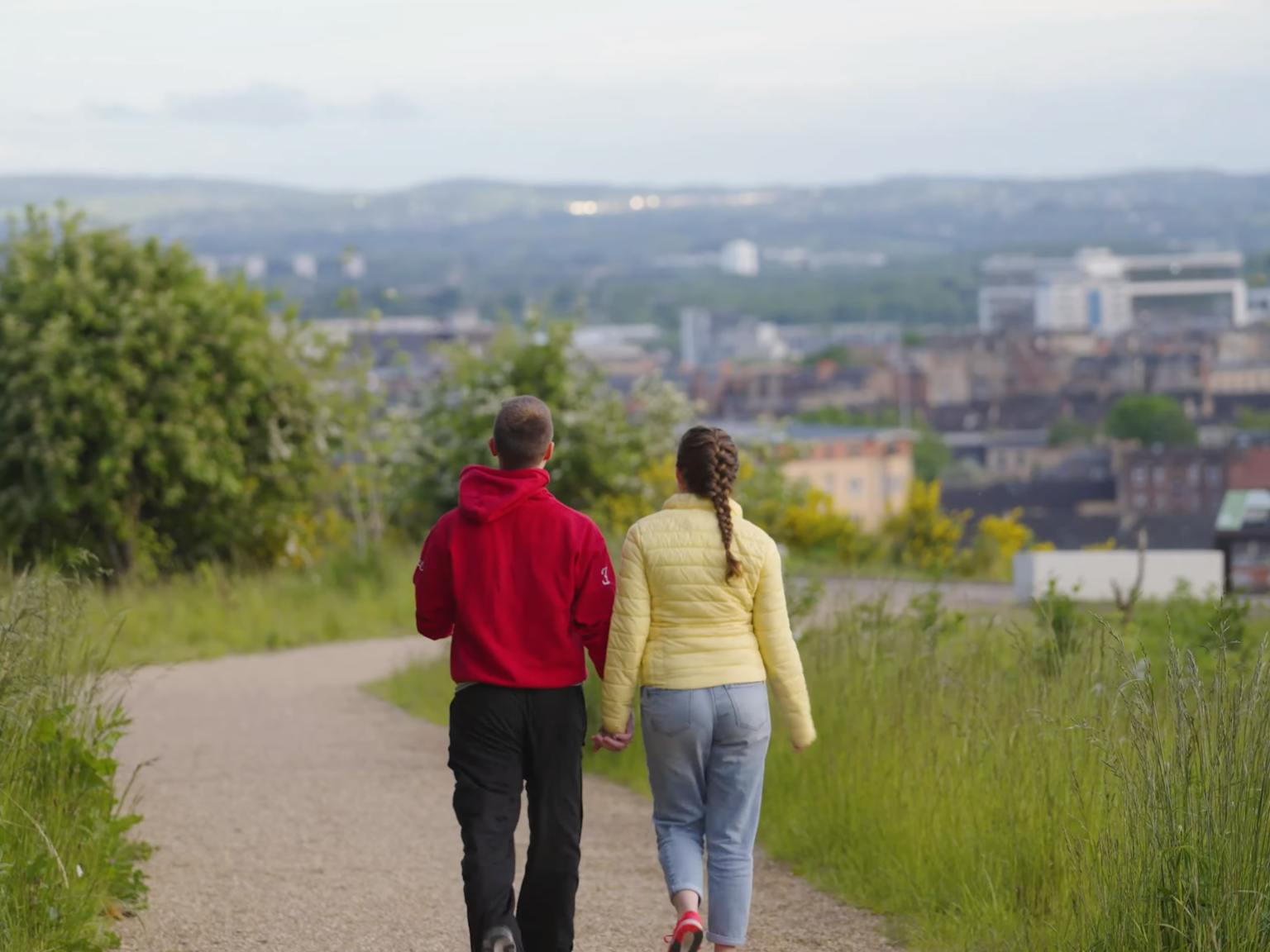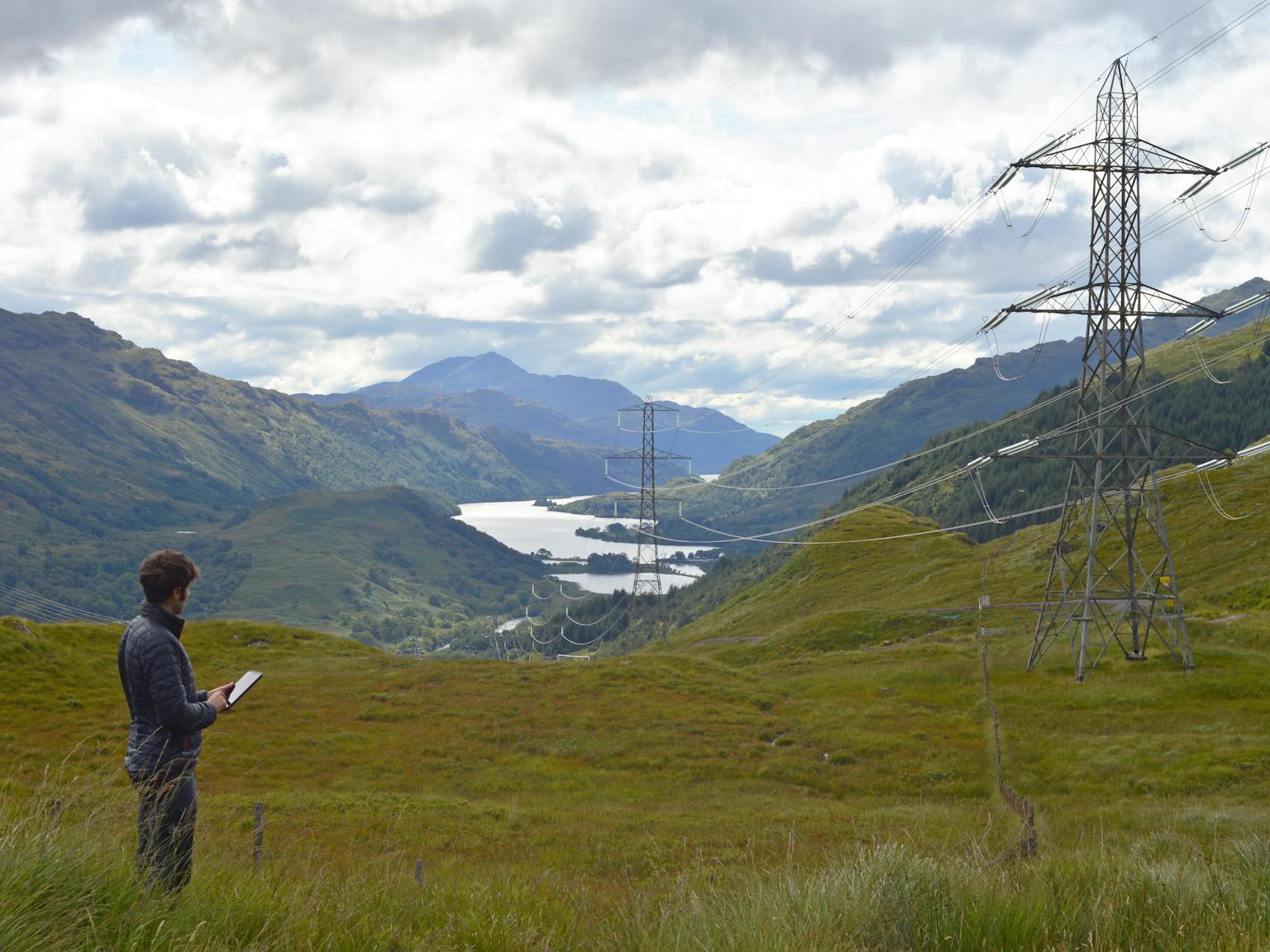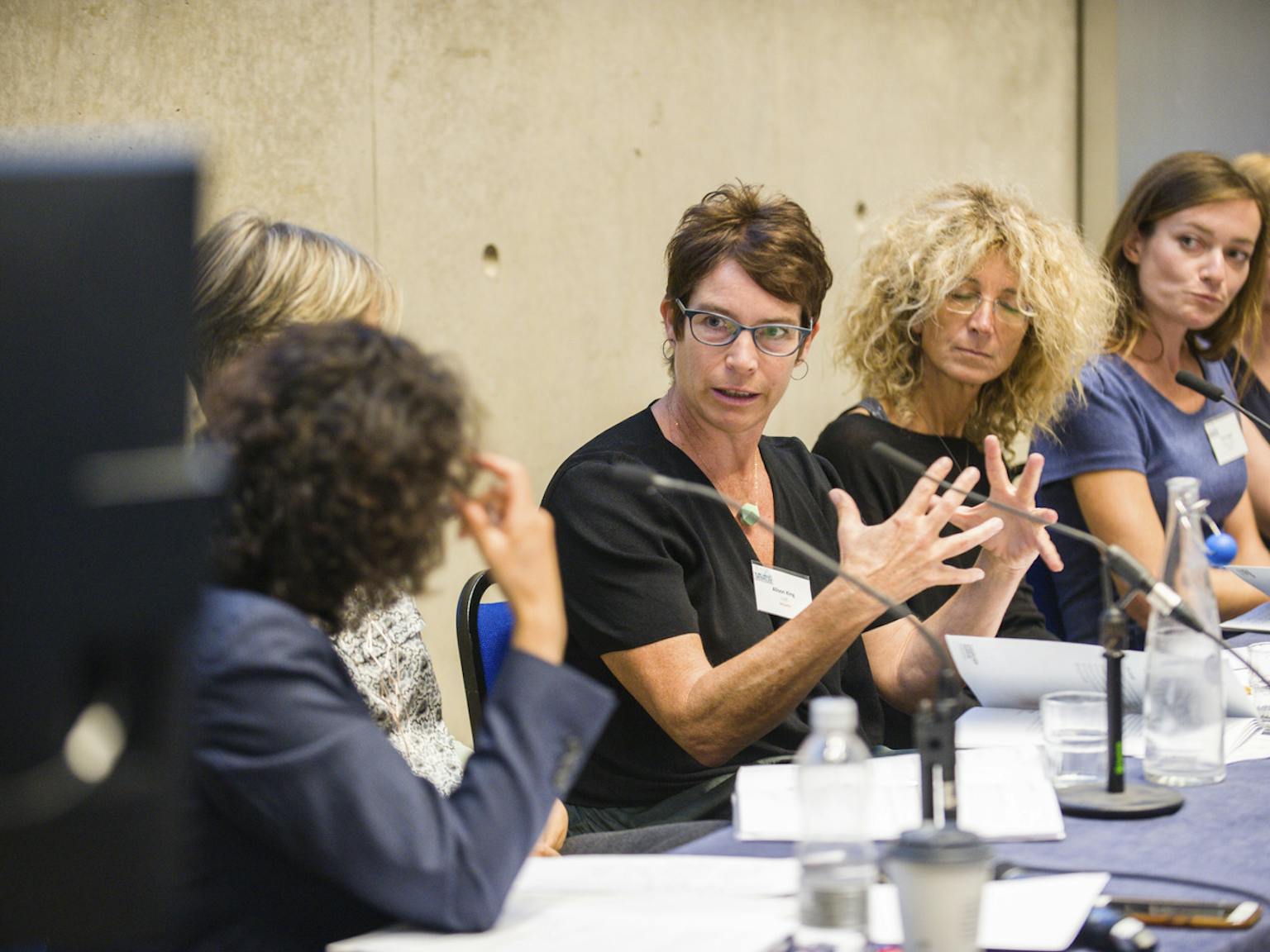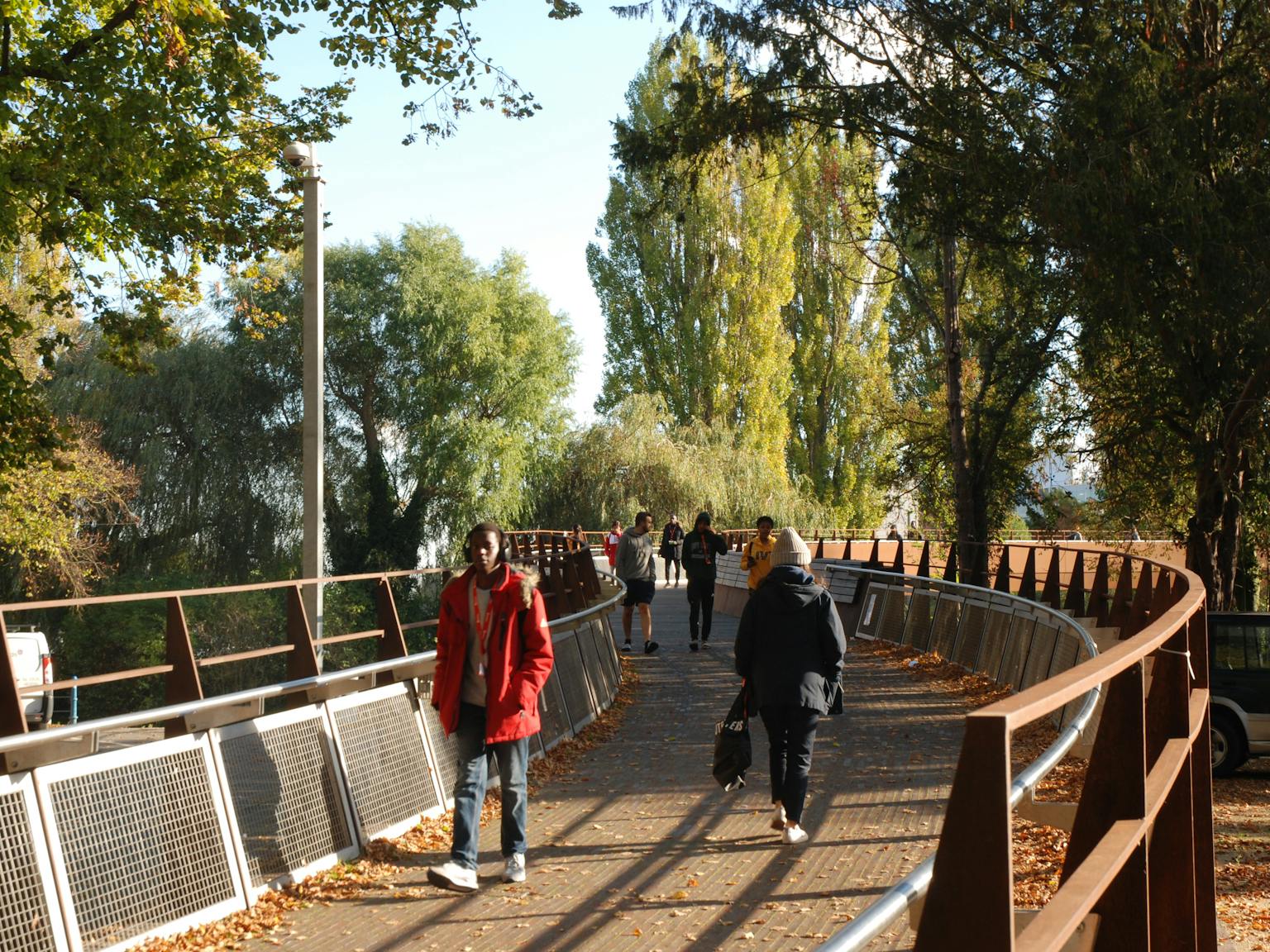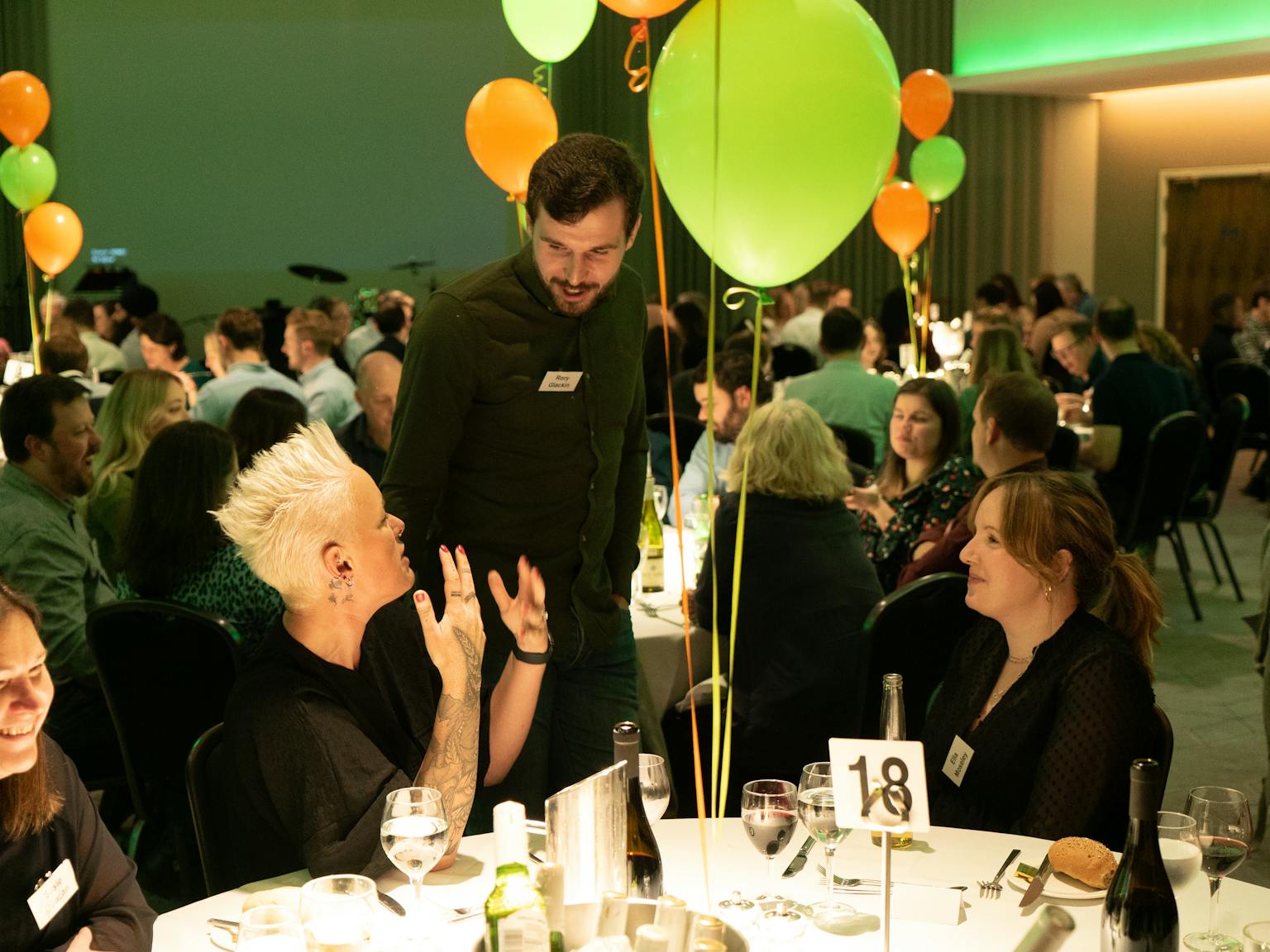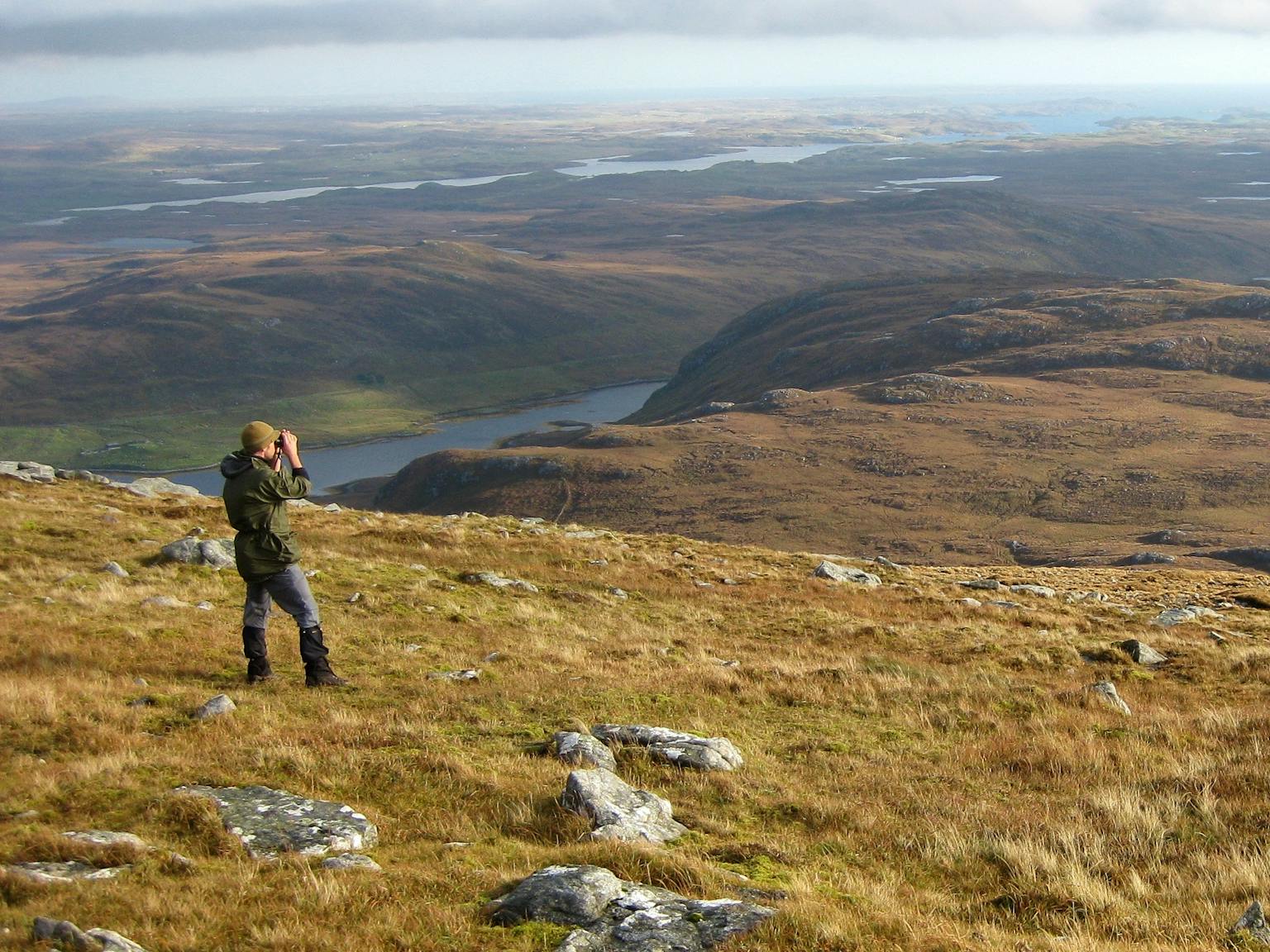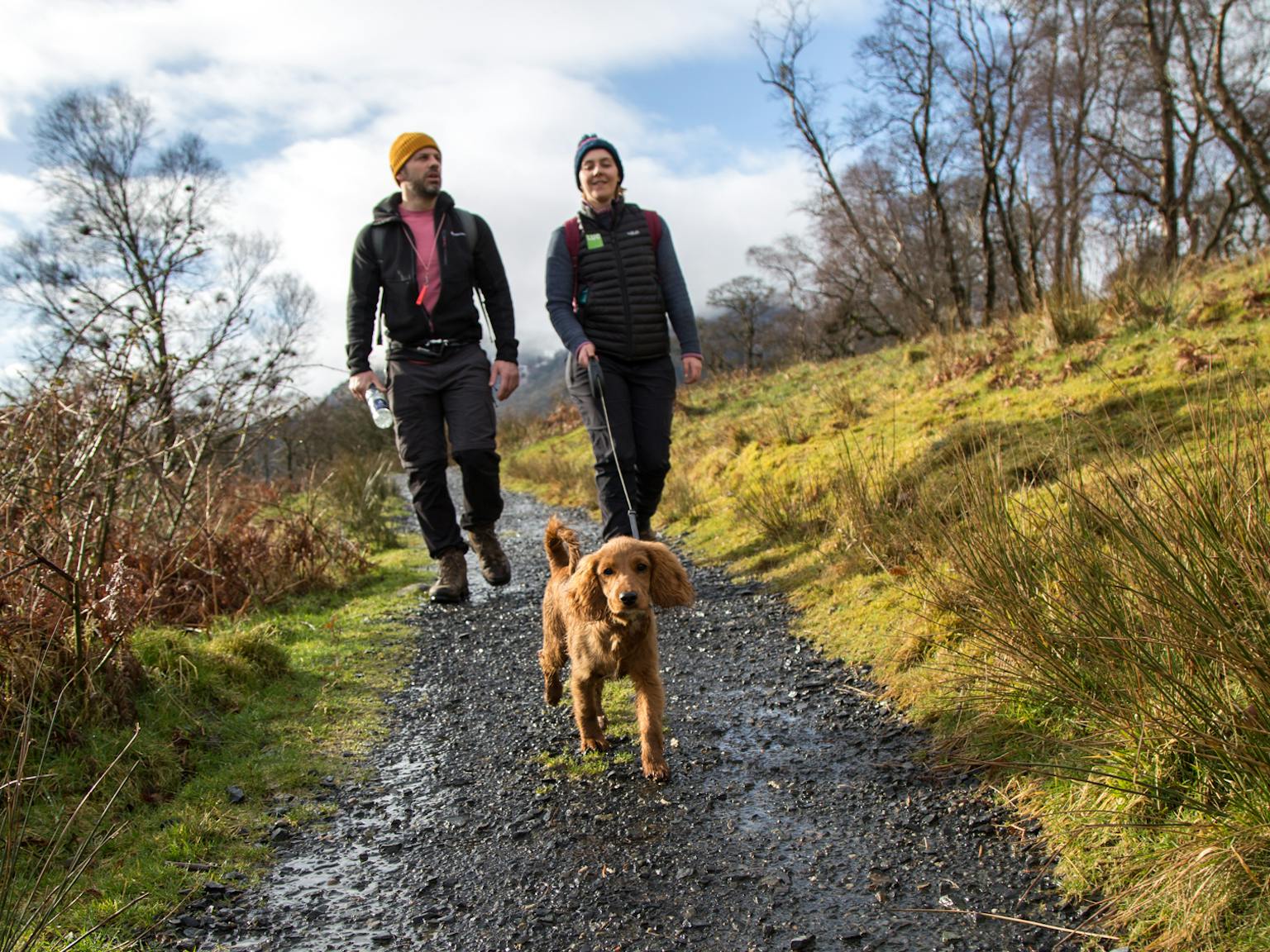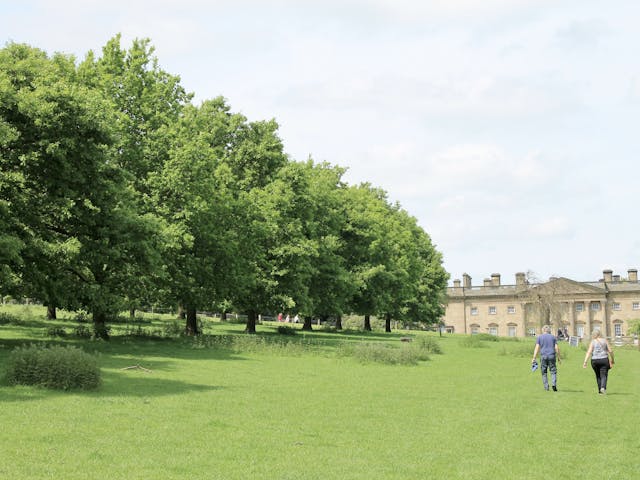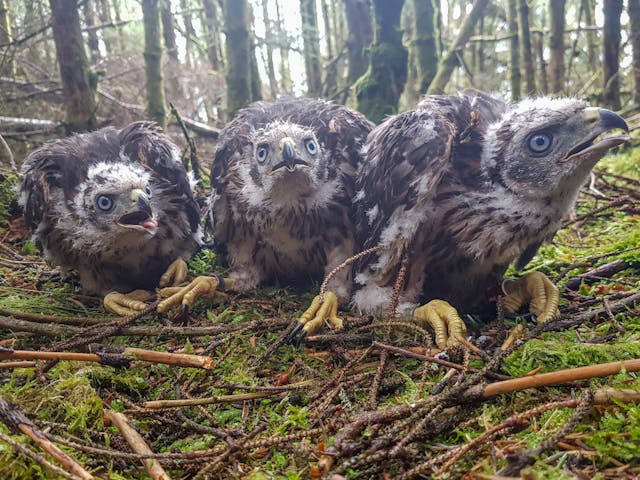
Driving nature finance – insights from our Nature Markets Pioneers podcast
To mark the wrapping of season one of our Nature Markets Pioneers podcast and the launch of our new Nature Markets service, Doug McNab, Director of Environmental Planning shares the lessons learned and insights gained from these trailblazing projects.
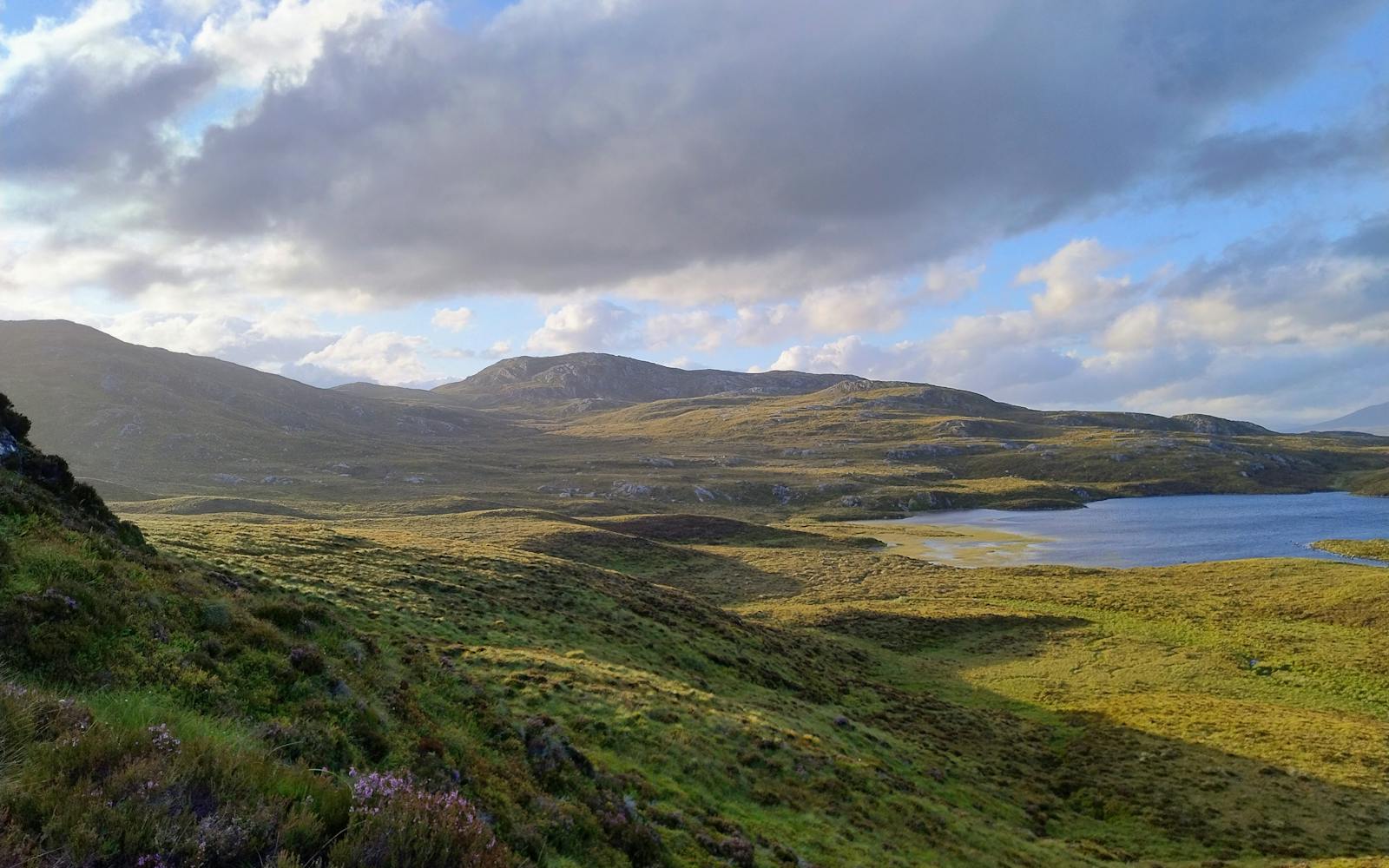
Recording the Nature Markets Pioneers podcast series was a highlight of 2024 for me. It’s been inspiring to connect with so many passionate individuals striving to innovate and make blended public-private nature finance work to deliver genuine benefits for both nature and people.
Below, I’ve summarised some key enablers, barriers and challenges shared by our interviewees along with practical tips for those embarking on similar initiatives. While some findings—like the importance of upfront funding—are expected, others, such as the critical role of storytelling, provide new perspectives.
Key enablers
- Upfront funding and advice: Support from partners (e.g. The Nature Conservancy, Triodos, Esme Fairburn Foundation, Environment Agency, Natural England), or programmes (such as Biodiversity Net Gain pilots, NEIRF, and the Green Recovery Challenge Fund), is crucial including for robust financial modelling of options based on a sound evidence base.
- Trust and relationships: Building trust with farmers and landowners is vital, "Trust really matters - it's very hard to win but easy to lose".
- Storytelling: a compelling narrative encourages people to get involved and support a project. Consistent communication can shift hearts and minds, fostering emotional connection, "If you break all of this down, the whole thing is a social project, not an environmental one... it's hearts and minds that we need to change...it's people".
- Location, location, location: operating in Nutrient Neutrality (NN) catchments opens opportunities to sell nutrient mitigation credits alongside Biodiversity Net Gain (BNG) units. Plus, if your land is close to locations with large-scale development potential then there should be good opportunities to sell BNG units.
- Clear vision: Having a clear vision of what you want to achieve is key, then you can line up the evidence, mechanisms, good governance etc.
- Flexibility to experiment: Funders willing to support experimentation and accept occasional failure drive innovation.
- A supportive board: Establishing a board with diverse membership and a shared commitment to success will foster problem-solving.
- Collaborative relationships: Strong partnerships with Natural England and the Local Planning Authorities will drive this work.
- Facilitation by National Park Authorities: National Park Authorities add value by working with partners and providing various cost-effective services, such as ecological advice, monitoring BNG, and telling the ‘story’ to help market units and give buyers confidence.
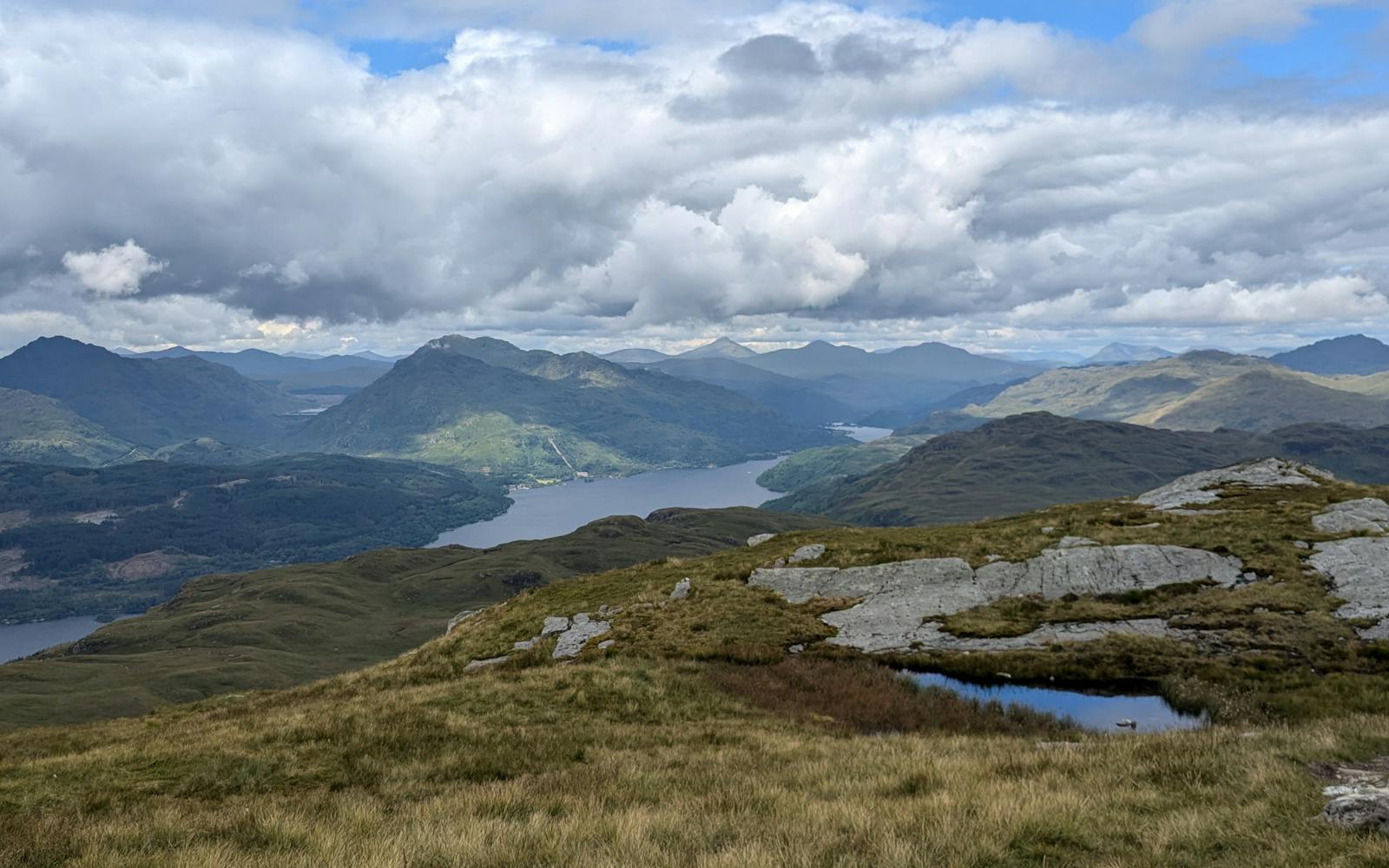
Key barriers and challenges
- High upfront costs: Developing projects and setting up governance and legal agreements require significant investment, making continued government funding and support critical.
- Limited demand for BNG: It will take time for demand to work through the planning system and there is uncertainty about how much BNG will be delivered onsite rather than offsite.
- Tax implications: The potential for loss of agricultural and business property tax relief poses financial risk for landowners.
- Policy uncertainty: Shifting or unclear policies, such as those surrounding BNG, NN or stacking, can create concerns about stranded assets and ability to recoup investment.
- Lack of accessible information: Farmers often lack accessible information about funding opportunities (including anticipated costs, financial support, and revenues relevant to their farm), metrics, governance structures, etc., leaving them to navigate complex systems independently.
- Long-term agreements: Commitments like 125 years monitoring for NN projects or 30 years for BNG projects are challenging, though emerging technology may help in the future.
- Inflation: Rising costs of materials have been a huge challenge for project budgets.
- Risk aversion: A need to avoid failure can hinder this kind of work.
- Sector capacity: Local authority resourcing is particularly constrained. We need a huge range of skills and expertise to support expansion (e.g. legal, assurance and audit, ecology, land management, planning, community engagement, skills for working with landowners with different business structures, tenancies etc.).
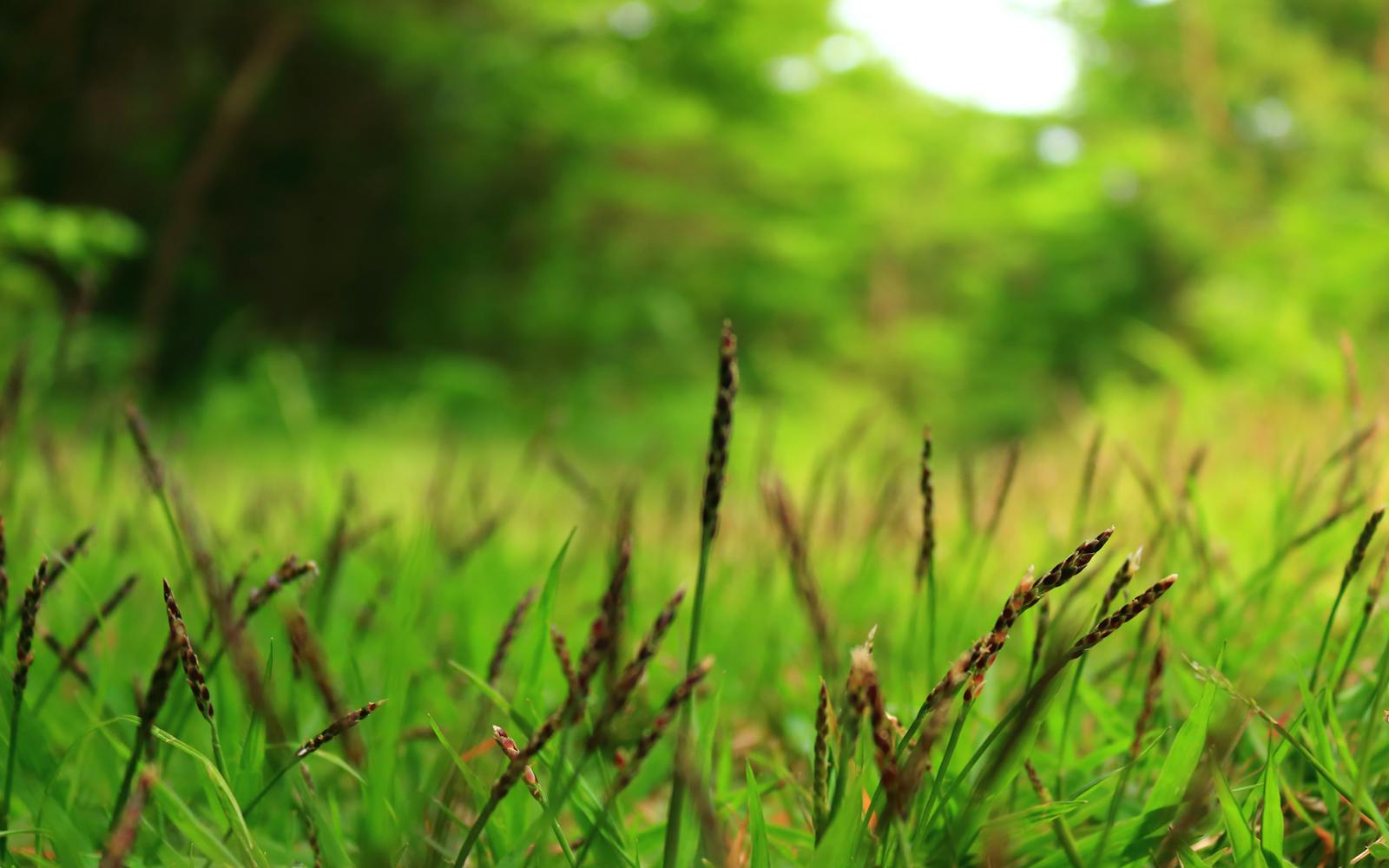
Three key policy asks
We need government to continue helping to support these enablers and address these barriers and challenges. Three specific asks of government from interviewees were:
- Mandatory Nature Disclosure: Introduce requirements for businesses to disclose their impact on nature, driving private sector demand.
- Evolved BNG policy: Shift the focus to offsite BNG investment at scale and with landscape connectivity, with separate planning policy securing amenity space in development to meet recreational needs.
- Establish a ‘one-stop shop’: For sharing tools and learning (e.g. standardised project specifications and management plans, template legal agreements; guidance on stacking, etc.), alongside knowledge-sharing events.
Practical top tips
- Create larger, high-quality strategic sites that are better connected: In line with the Lawton principles. Local Nature Recovery Strategies (LNRSs) should support this and the BNG strategic significance multiplier should help drive investment for BNG to the right locations.
- Work with nature: Rather than just maximising BNG metrics, work with nature to deliver genuine, appropriate, high-quality habitat enhancements and the funding will follow.
- Baseline early: Establish baselines at the outset to ensure all gains can be robustly evidenced.
- Use historical maps: Let what the landscape used to look like inform your approach – the ‘nostalgic element’ can engage landowners and the wider community.
- Adaptive management: Establishing and managing new habitats is not without risk or cost. It is both a science and an art, both of which need guidance informed by close monitoring of habitat changes over time.
- Socioeconomic benefits: Incorporate wider benefits such as public access (or ‘visual access’ where ecological considerations rule out direct access), environmental education, or job creation to help secure community backing.
- Every farm is different: We need to understand individual farms’ lived experiences, unique challenges, business models, and long-term vision, to figure out if nature markets can complement this. Seek out ‘triple wins’ for landscape, investors, and farmers.
- Alternative land models: Projects can be progressed without transferring land ownership through long leases, joint investment partnerships, or management agreements and advice.
- Patience is key! Expect delays, such as securing section 106 agreements with LPAs, getting meetings arranged with prospective buyers, and banking developer payments.
Revisiting the podcast episodes reinforced my appreciation for the enthusiasm and openness of our interviewees. Thank you again to Glenn Anderson, Nick Heasman, Dan Turner, Amy Coulthard, Debbie Tann, and John Durnell. These pioneering projects have not been without challenges, but there is much we can learn from these frontrunners.
We welcome and appreciate your reflections and feedback.
Get in touch
If you’re interested in discussing a project with us please drop us an email.
Get in touch with Doug McNab

